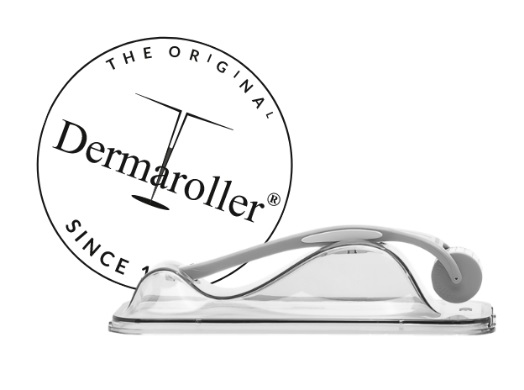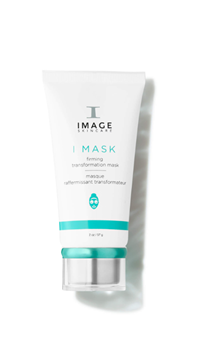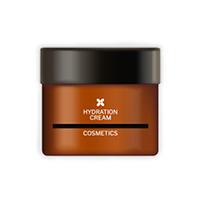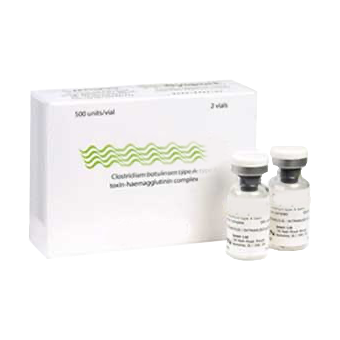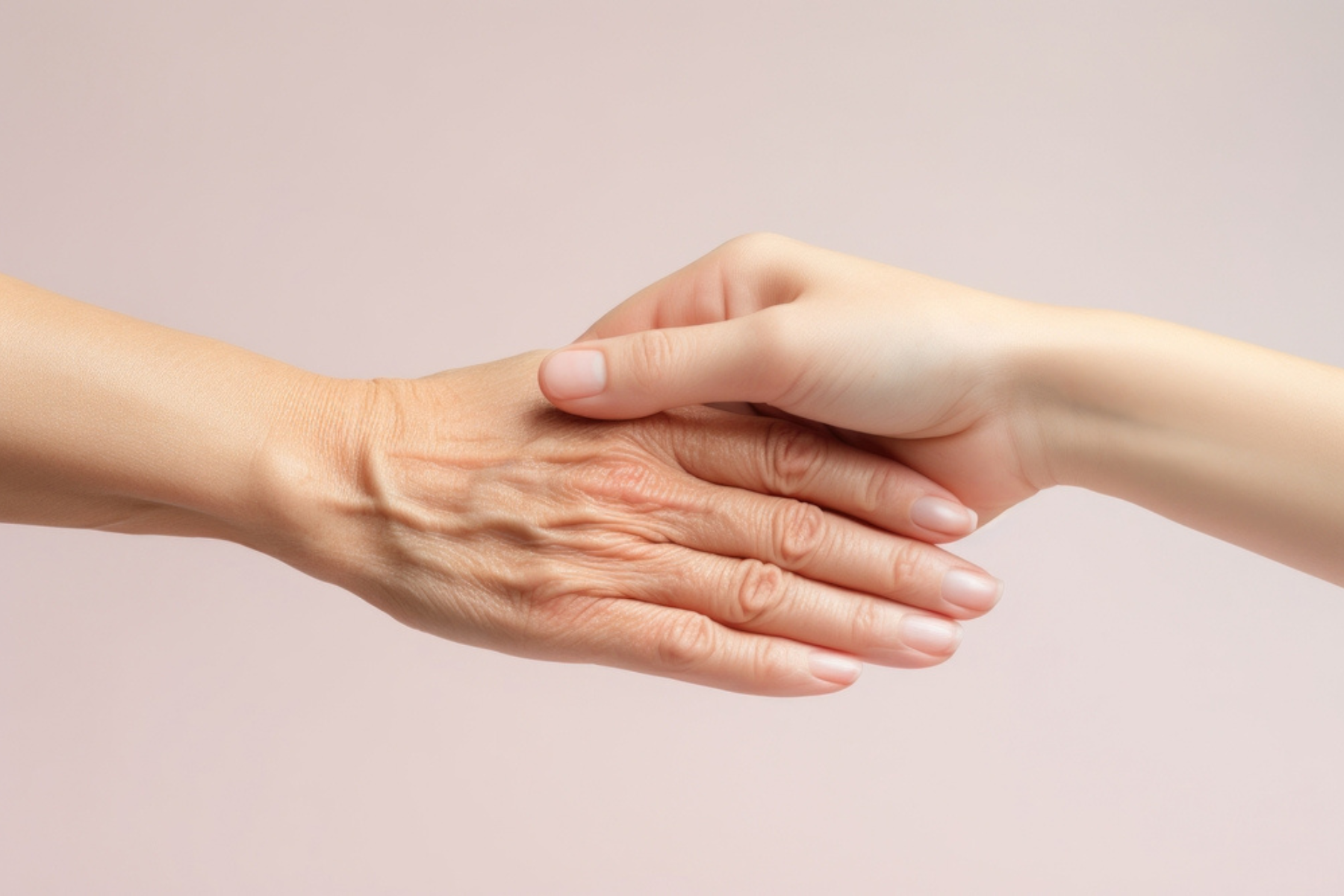 It starts subtly. A soft crinkling beneath the eyes, a patch of skin on the inner arm that suddenly feels papery to the touch. Crepey skin doesn’t present like the deep-set wrinkles we associate with age, but rather it’s subtler, and more fragile looking. Surprisingly it can develop earlier than most people expect, and can be notoriously tricky to improve.
It starts subtly. A soft crinkling beneath the eyes, a patch of skin on the inner arm that suddenly feels papery to the touch. Crepey skin doesn’t present like the deep-set wrinkles we associate with age, but rather it’s subtler, and more fragile looking. Surprisingly it can develop earlier than most people expect, and can be notoriously tricky to improve.What causes crepey skin?
“Crepey skin is characterised as thin, wrinkled, and lacking in firmness, similar to tissue or crepe paper,” explains Etre Vous Expert, Aesthetic Doctor and Founder of Ashley Aesthetics, Dr Emmaline Ashley. “Unlike expression lines or deeper folds, this type of ageing is more diffuse. It’s often a sign of structural decline in the skin’s support network of collagen and elastin.”That decline isn’t caused by age alone. “Crepey skin usually develops gradually and is caused by a combination of factors that slowly weaken the structure of the skin over time,” says EV Expert, Advanced Aesthetician and Ace Skin Clinic Founder, Corina Mihalachi. “The main causes are the breakdown of collagen and elastin, as well as a decrease in natural moisturisation and slower cell renewal as we age.”
UV exposure is a major trigger. “Sun exposure accelerates the ageing process by triggering enzymes called MMPs, which actively break down collagen,” she explains. Hormonal changes, particularly around menopause, are also to blame, reducing oestrogen levels and, with it, skin density, elasticity and moisture retention.
“Certain medications and lifestyle habits can have a cumulative effect, further weakening the skin’s structure,” adds Ashley. Think smoking, not drinking enough water, poor nutrition, and losing weight too quickly. “Not only that, but as we age, our natural production of hyaluronic acid and oils also declines, making skin drier and more fragile,” says Ashley.
Where does crepey skin tend to appear?
The skin under the eyes is one of the first places to show signs of crepiness, but it’s far from the only one. “We tend to see it most under the eyes, on the hands, neck, décolletage, upper arms, inner thighs, and stomach,” says Ashley. “These are areas where the skin is naturally thin or subjected to repetitive movement or stretching.”Mihalachi notes that places like the upper eyelids, jawline and chest are often overlooked until crepiness is already visible. “These parts of the body don’t always get the same level of care or hydration as the face, which can make crepiness more noticeable.”
Can crepey skin be improved without surgery?
It can, but how much really depends on what’s behind the crepiness. If the skin’s become thin and crinkled due to things like dehydration or too much sun, it tends to respond well to regenerative treatments such as microneedling, polynucleotides or injectable skin boosters. When hormones are at play, especially the drop in oestrogen during menopause, a mix of active packed skincare and collagen-boosting procedures can help support the skin from multiple angles.“It’s one of the most common concerns clients raise,” says Mihalachi. “And while results are absolutely possible, they’re rarely dramatic or immediate. Ashley notes that for more advanced cases, particularly where skin has been significantly stretched due to weight loss or pregnancy, expectations need to be managed. “The collagen and elastin fibres have often been stretched beyond their ability to recover,” she says. “In those cases, we can still improve tone, texture and hydration, but non-surgical options may not fully restore firmness.”
What doesn’t work?
One of the biggest misconceptions about crepey skin is thinking it just needs moisture. “Relying on over-the-counter body lotions won’t reverse crepiness,” says Ashley. “They may hydrate temporarily, but they don’t rebuild the underlying structure of the skin.”Topical actives like retinoids, peptides, niacinamide and lactic acid can help improve tone, boost cell turnover, and support the skin’s barrier, but they also won’t deliver dramatic change on their own. “We get the best results when we support the skin before and during significant changes, such as weight loss or menopause, rather than reacting once the skin is already compromised,” says Mihalachi.
The best in-clinic treatments for crepey skin
“Radio frequency microneedling is one of the most effective technologies,” says Mihalachi. “It creates controlled micro-injuries while delivering heat into the dermis, stimulating a powerful healing response. Over time, it strengthens collagen fibres and improves elasticity.”Microneedling can also be paired with regenerative actives like exosomes or polynucleotides. “We use micro-channels to deliver these ingredients where they can actually stimulate cellular repair,” she explains. “It’s especially effective for delicate areas like the neck and décolleté.”
For deeper tightening, HIFU (High Intensity Focused Ultrasound) works at the SMAS layer, the same one targeted during a facelift. “It’s excellent for lifting and firming areas like the jawline, abdomen, and thighs,” says Mihalachi. “The effect is subtle but builds over several months as new collagen forms.”
Chemical peels and fractional lasers also have a role to play, particularly where sun damage is the main trigger. “Peels can improve surface texture and brightness, while certain acids stimulate collagen at a deeper level,” she says. “I often use customised peels for the chest, neck and arms.”
Where injectables come in
Injectables aren’t just about volume. “Boosters like Profhilo or Restylane Vital deliver deep hydration while stimulating collagen and elastin,” says Ashley. “They’re particularly effective on the neck, arms, and knees.”Polynucleotides are becoming more popular for their regenerative effects, especially in fragile areas like the under-eyes. “They help repair DNA damage, stimulate fibroblasts, and enhance microcirculation,” she explains.
On the body, biostimulators like Sculptra and Radiesse offer longer-term collagen support. “These are ideal for areas like the upper arms or thighs, as they promote firming from within, and the results can last up to two years,” adds Ashley.
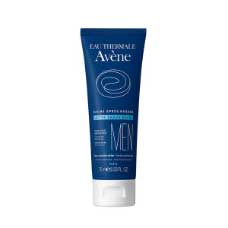
 Added to basket
Added to basket

 Unapplied Changes
Unapplied Changes


